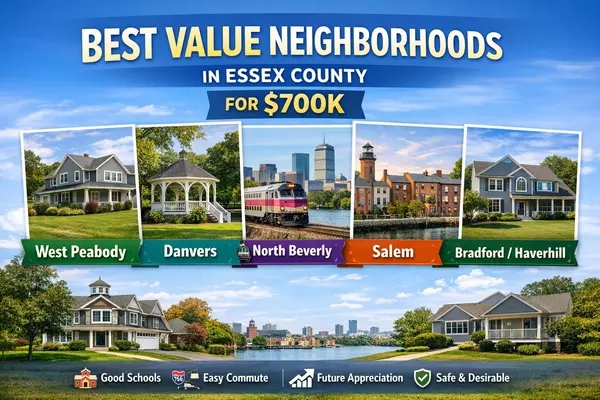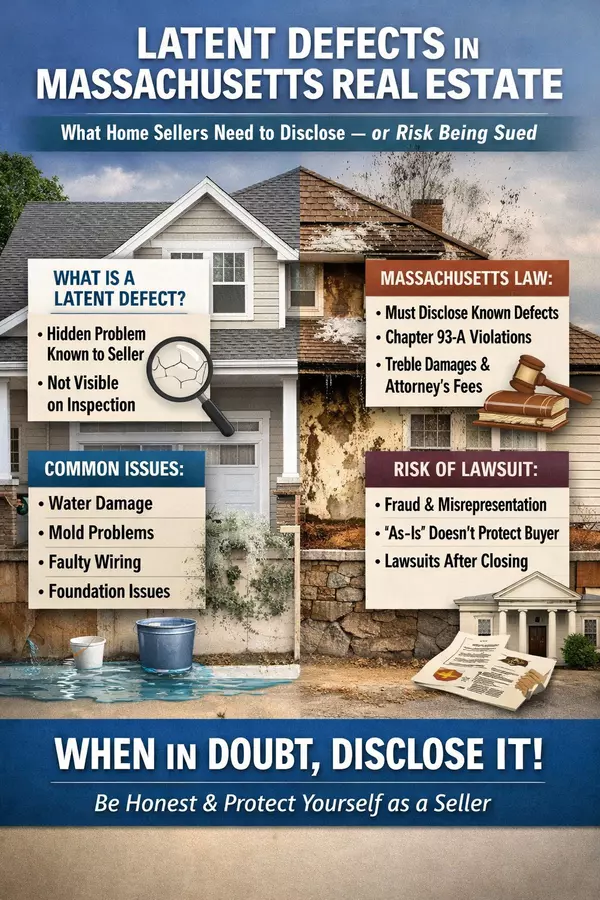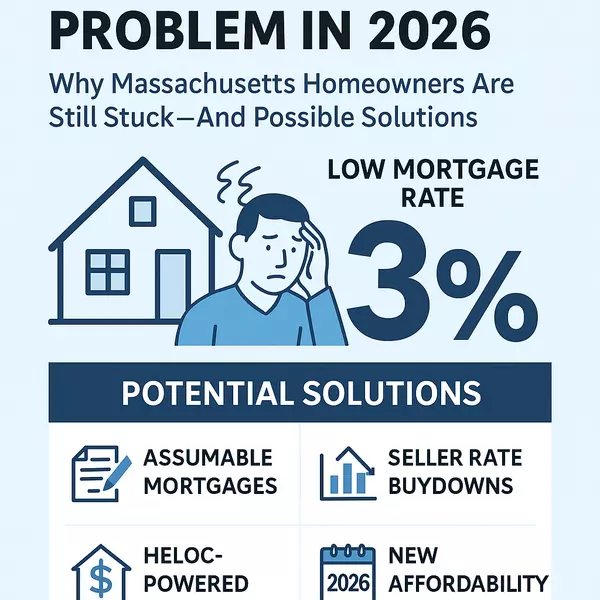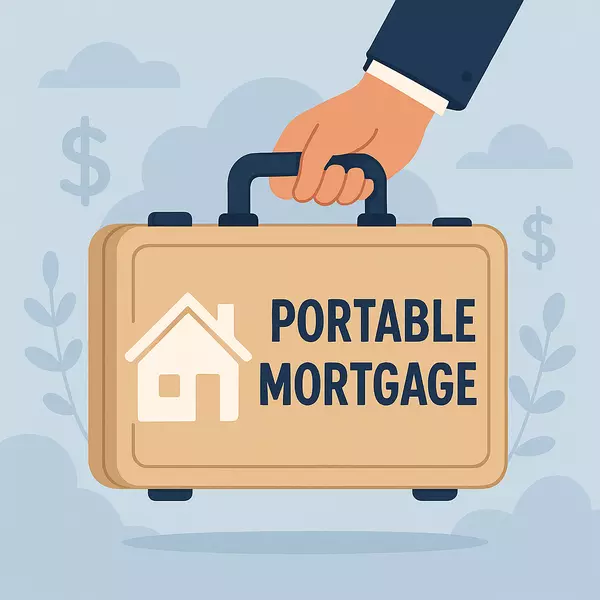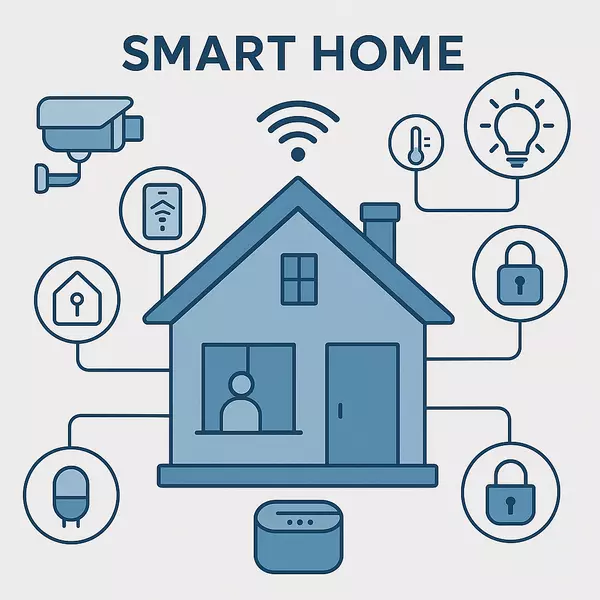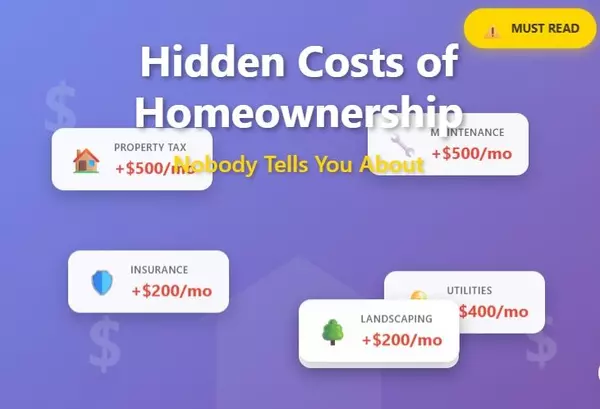Embracing the Future: Why a Green Home Makes Perfect Sense
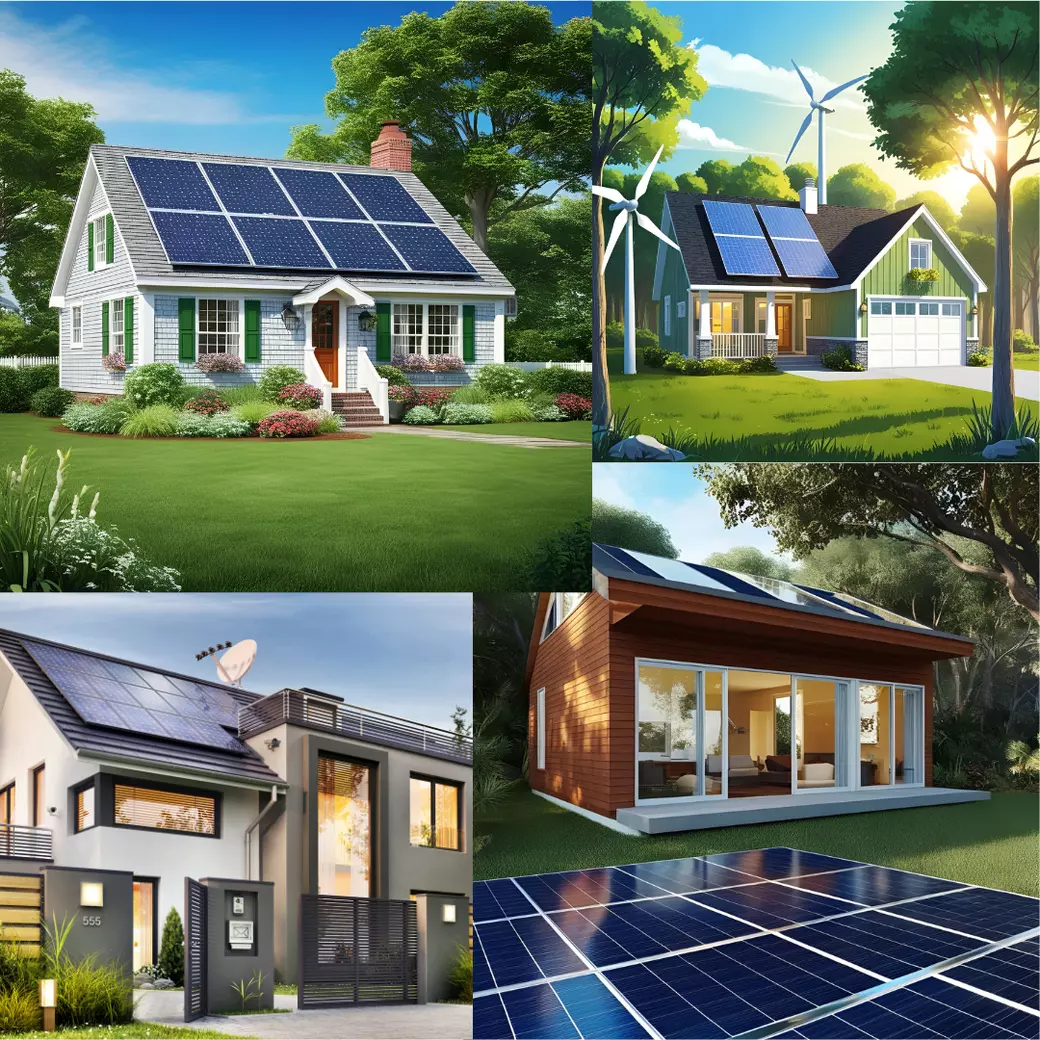
Embracing the Future:
Why a Green Home Makes Perfect Sense
In an era of increasing environmental awareness and fluctuating energy costs, the concept of a "green" home – designed for energy efficiency and sustainability – is no longer a niche trend but a smart, practical choice for homeowners. Opting for a green home isn't just about making an ecological statement; it's a multifaceted decision that yields significant financial savings, enhances quality of life, and contributes positively to the planet's well-being.
At its core, a green home is engineered to consume less energy. This is achieved through a variety of features working in concert. Superior insulation in walls, attics, and crawl spaces, coupled with high-performance windows and doors, creates a tighter building envelope. This minimizes heat loss in winter and heat gain in summer, drastically reducing the workload on heating, ventilation, and air conditioning (HVAC) systems, typically the largest energy consumers in a household. Upgrading to Energy Star-certified appliances, which meet strict energy efficiency guidelines set by the Environmental Protection Agency, further curtails electricity usage for everything from refrigerators and washing machines to lighting fixtures, which are increasingly dominated by long-lasting, energy-sipping LEDs.
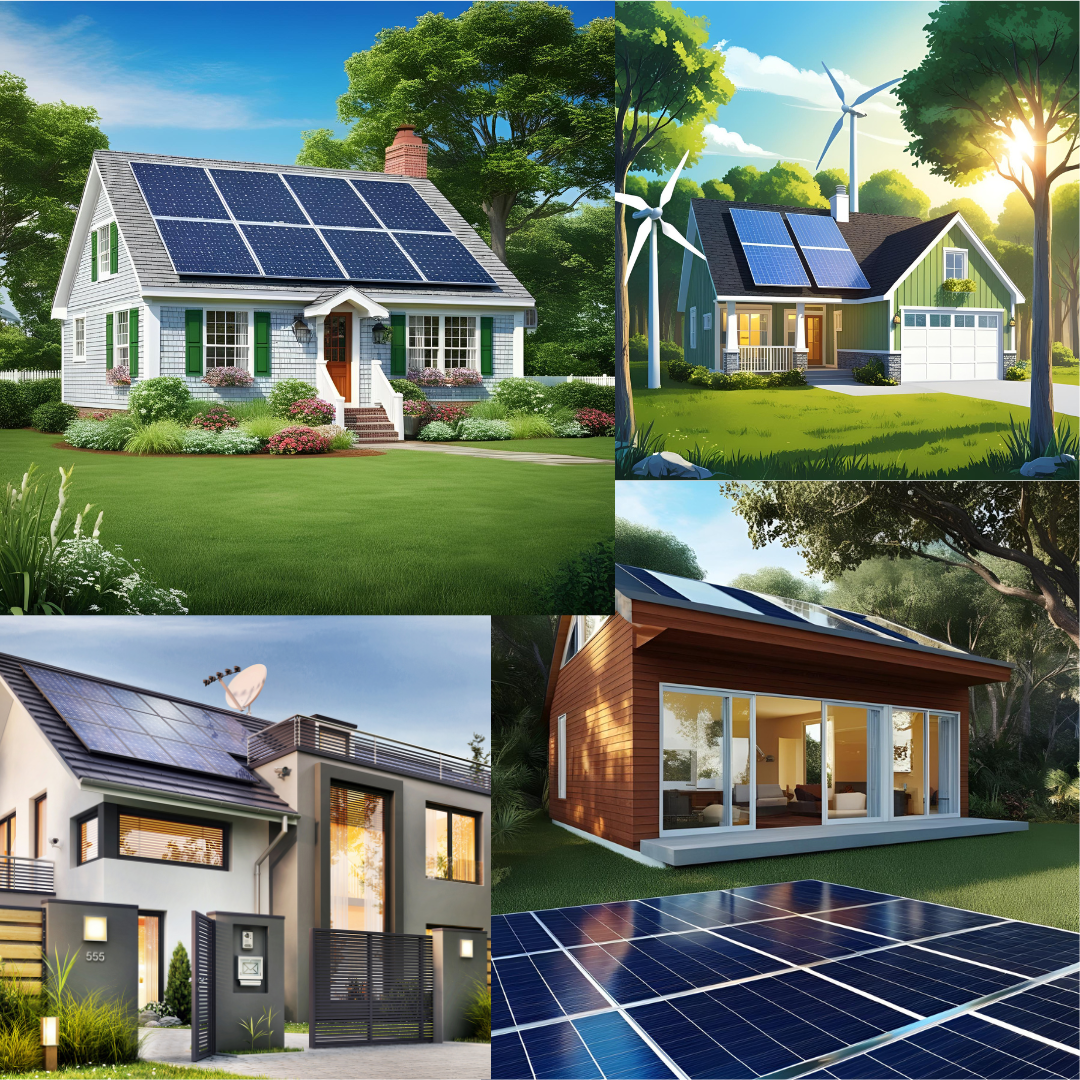
The direct consequence of reduced energy consumption is, of course, lower utility bills. Homeowners can see substantial savings month after month, which can add up to thousands of dollars over the lifespan of the home. Beyond operational savings, many governments and utility companies offer financial incentives to encourage green building and retrofitting. These can include tax credits, rebates, and grants for installing renewable energy systems like solar panels or for making energy-efficient upgrades. For instance, the Residential Clean Energy Credit and the Energy Efficient Home Improvement Credit in the United States can significantly offset the initial investment in these technologies. Solar panels, in particular, have become increasingly affordable and can even allow homeowners to sell surplus electricity back to the grid, generating income.
The financial appeal of green homes extends to their resale value. A growing number of homebuyers are actively seeking properties with sustainable features, recognizing the long-term cost benefits and environmental responsibility they represent. Studies have shown that homes with green certifications like LEED (Leadership in Energy and Environmental Design) or Energy Star often sell faster and at a premium compared to conventional homes. Features like solar panels are increasingly seen as valuable assets that enhance a property's marketability.
Beyond the tangible financial benefits, green homes offer a healthier and more comfortable living environment. Enhanced insulation and air sealing, combined with proper ventilation systems, contribute to improved indoor air quality by reducing drafts, maintaining consistent temperatures, and filtering out pollutants and allergens. The use of sustainable, low-VOC (volatile organic compound) building materials and finishes further minimizes indoor air contaminants, creating a safer space for occupants.
Environmentally, the case for green homes is compelling. Buildings are responsible for a significant portion of global carbon dioxide emissions. By using less energy, green homes reduce the demand on power plants, many of which rely on fossil fuels. This, in turn, lowers greenhouse gas emissions and helps combat climate change. Water conservation is another key aspect, with features like low-flow toilets, showerheads, and faucets, as well as rainwater harvesting systems, significantly reducing water consumption. The use of recycled or sustainably sourced building materials also lessens the environmental impact of construction.
Choosing a green home is a decision that resonates on multiple levels. It’s an investment in long-term financial well-being through reduced energy and water bills and potentially higher property values. It’s a commitment to a healthier, more comfortable living space. And, crucially, it's a responsible step towards a more sustainable future, demonstrating that personal choices can indeed contribute to a healthier planet. As technology continues to advance and awareness grows, the green home is set to become the standard for intelligent and conscientious living.
Categories
- All Blogs (97)
- Beverly, MA (4)
- Buying a Home (40)
- Condos For Sale (3)
- Home Ownership (27)
- Homes For Sale (7)
- Living on the North SHore (10)
- Mortgages (4)
- Prospective Real Estate Agents (1)
- Real Estate Careers (8)
- Real Estate Market Conditions (19)
- Real Estate School (1)
- Salem, MA (6)
- Selling a home (48)
Recent Posts
